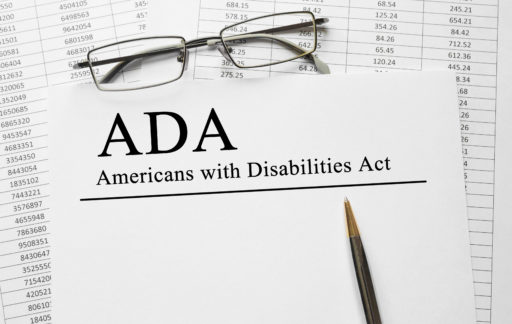Advancements in technology and software can help employers track employee productivity. But what happens when an employee’s medical condition influences her ability to use an employer’s technology? In Larson v. Oregonian Publishing, an Oregon Federal District court denied summary judgment to an employer in a disability discrimination lawsuit under the ADA under what’s known as the “cat’s paw theory”.
In Larson, the plaintiff, along with all other account executives, were directed to use certain company software to better track their sales. In addition to Larson’s dislike for the software, he suffered from deteriorating retinas, which allegedly inhibited his ability to utilize the company software effectively. Larson did not immediately inform his employer of his medical conditions. Regardless, Larson’s performance suffered and he was put on a performance improvement plan. Larson subsequently did inform his immediate boss of his eye condition. Shortly afterwards the company decided to terminate the employment of certain employees based off the metrics from the at-issue software. Larson was fired.
Under the “cat’s paw theory,” a subordinate’s bias is imputed to a decision maker if the plaintiff can show the adverse employment action was not independent of the subordinate’s bias. Larson’s immediate supervisor was aware of his medical condition and her reports of Larson’s performance as it related to the software reflected low productivity but did not state anything about his medical issues. The decision makers that fired Larson relied in part on Larson’s supervisor reports, and were completely unaware of Larson’s medical condition. Applying the cat’s paw theory, Larson was able to establish a causal link to defeat summary judgment by proving that his biased supervisor influenced the decision making process.
There are two main takeaways for employers. First, it is important to engage in dialogue with employees that have performance issues. Employees need not say any magic words (e.g. I need a reasonable accommodation) for an employer to be on notice that there may be an underlying issue that requires attention. Second, hiding relevant information from decision makers does not insulate an employer from liability.

